BACK TO finalistS
Finalist
TALK TO POISONOUS PLANTS
1. Design Background: Located in Tianhe District, Guangzhou City, Guangdong Province, China, Zhengjia Plaza has accompanied generations of Guangzhou people as they grew up. The "Zhengjia Rainforest Ecological Botanical Garden" is the first national 4A-level indoor tourist attraction and the first indoor aerial rainforest ecological garden in China. The total area of the park is […]
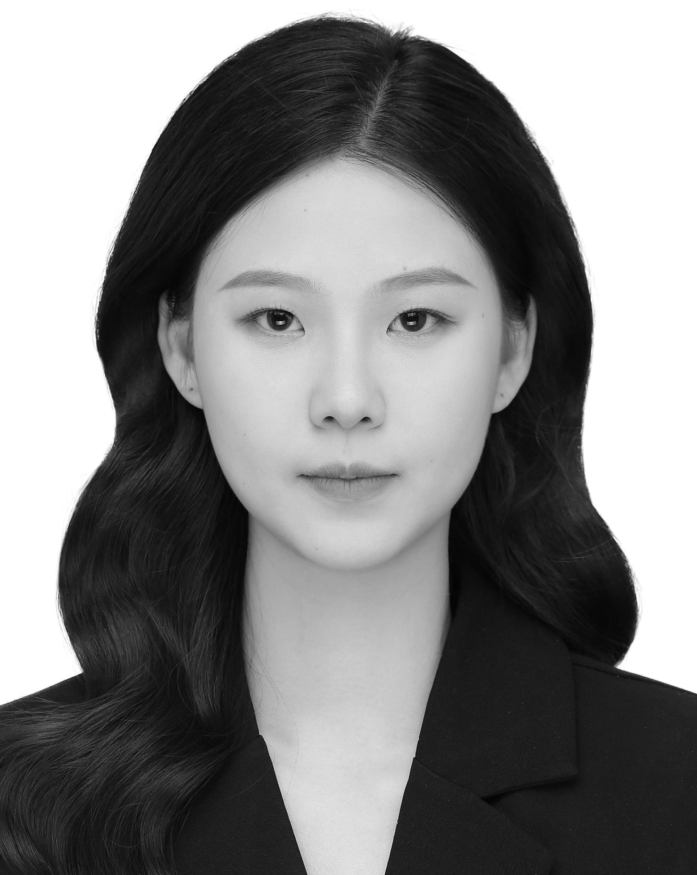
1. Design Background:
Located in Tianhe District, Guangzhou City, Guangdong Province, China, Zhengjia Plaza has accompanied generations of Guangzhou people as they grew up. The "Zhengjia Rainforest Ecological Botanical Garden" is the first national 4A-level indoor tourist attraction and the first indoor aerial rainforest ecological garden in China. The total area of the park is about 15,000 square meters. With a unique ecological design concept, the park presents a "natural ecosystem" with great biodiversity, allowing visitors to experience the infinite charm of the rainforest in person. At present, the park is divided into eight theme exhibition areas, with more than 300 species of animals and plants, as well as rare poisonous plants such as baobab, warty arum, and cyathula.
As the Rainforest Ecological Botanical Pavilion was built a long time ago and is about to be renovated, we would like to take this opportunity to design the poison garden part of the pavilion to provide a new concept and practice space for the botanical pavilion.
2. Solution
Guangzhou is a subtropical monsoon climate zone. The hot and humid environment makes a rich variety of plants grow here. However, with the process of modernization and urbanization, the original natural greenery has become missing. People are also facing problems such as high population density and surging social pressure under the increasingly rapid economic development. People living here are eager to return to the embrace of nature and to take a break from this city full of high-rise buildings.

After research, I put the core of the design on the urban paradise that has accompanied generations of Guangzhou people growing up: the poisonous plant exhibition space in Zhengjia Ecological Rainforest Pavilion. We found that people often come here with great curiosity and look forward to experiencing these poisonous plants in the rainforest, but they return home disappointed because of the old facilities, lack of innovation and imagination in the space design, and lack of space vitality. The poisonous plant exhibition hall is in urgent need of transformation to adapt to modern development and people's needs.
3. Design Strategy:
We will combine the exhibition with the study space to create an open, diverse and interactive poison garden. The space is divided into six parts: tracing the origin, the secrets of the rainforest, where the poison comes from, using it for my own benefit, using poison as medicine, and first aid for poisoning. At the same time, we have carried out a detailed sorting and planning of the exhibition content, providing different shuttle paths for different groups.
4. Design Concept:
“For people who grew up in cities, the rainforest is like a green magic forest that only appears in fairy tales. In modern cities, experiencing the rainforest in person is a luxury. We hope that through design, people can feel the moist and misty rainforest in a small space, and see the entanglement and entanglement of life, the coexistence of decay and vitality, and the coexistence of dizziness and ecstasy.”
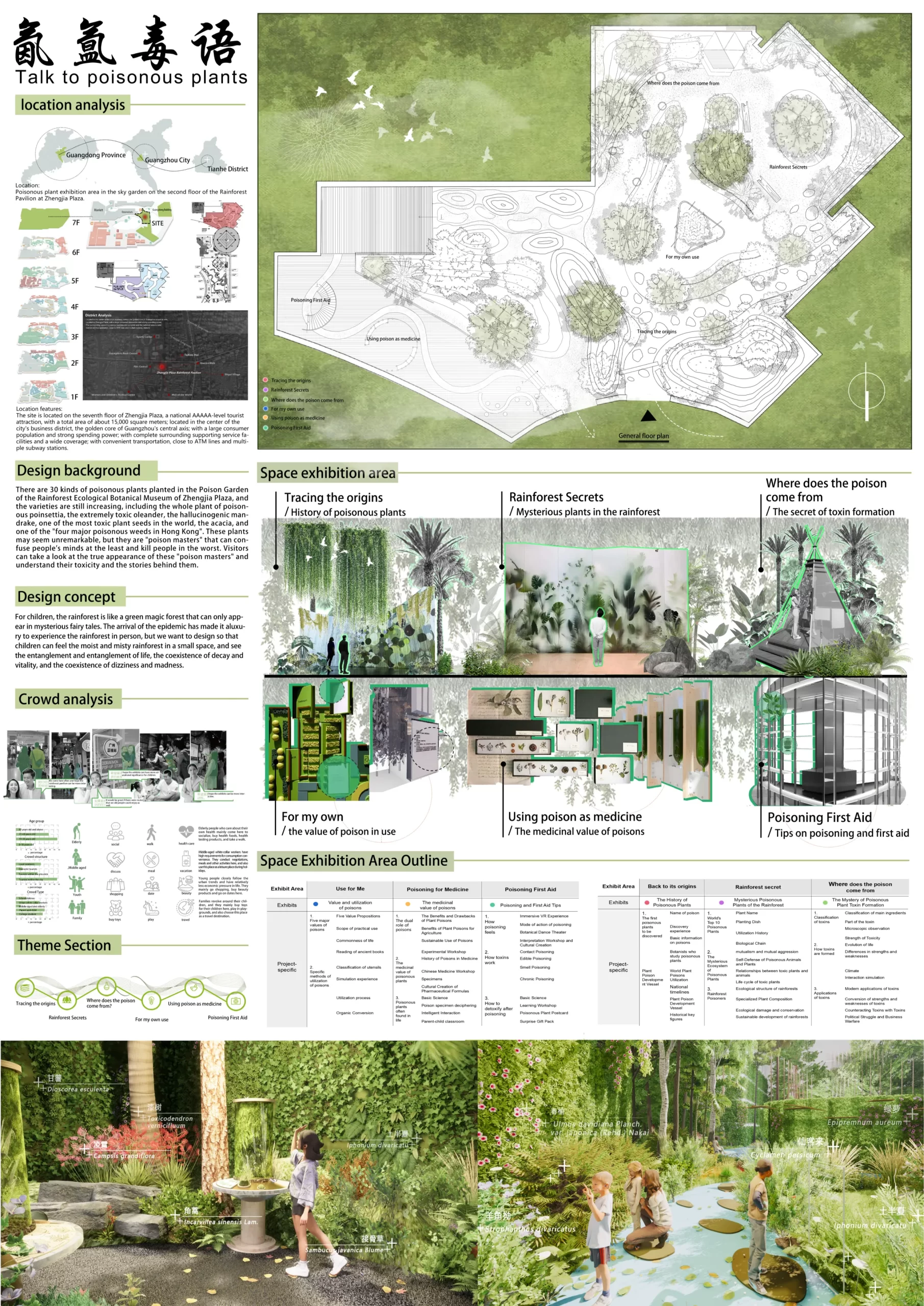
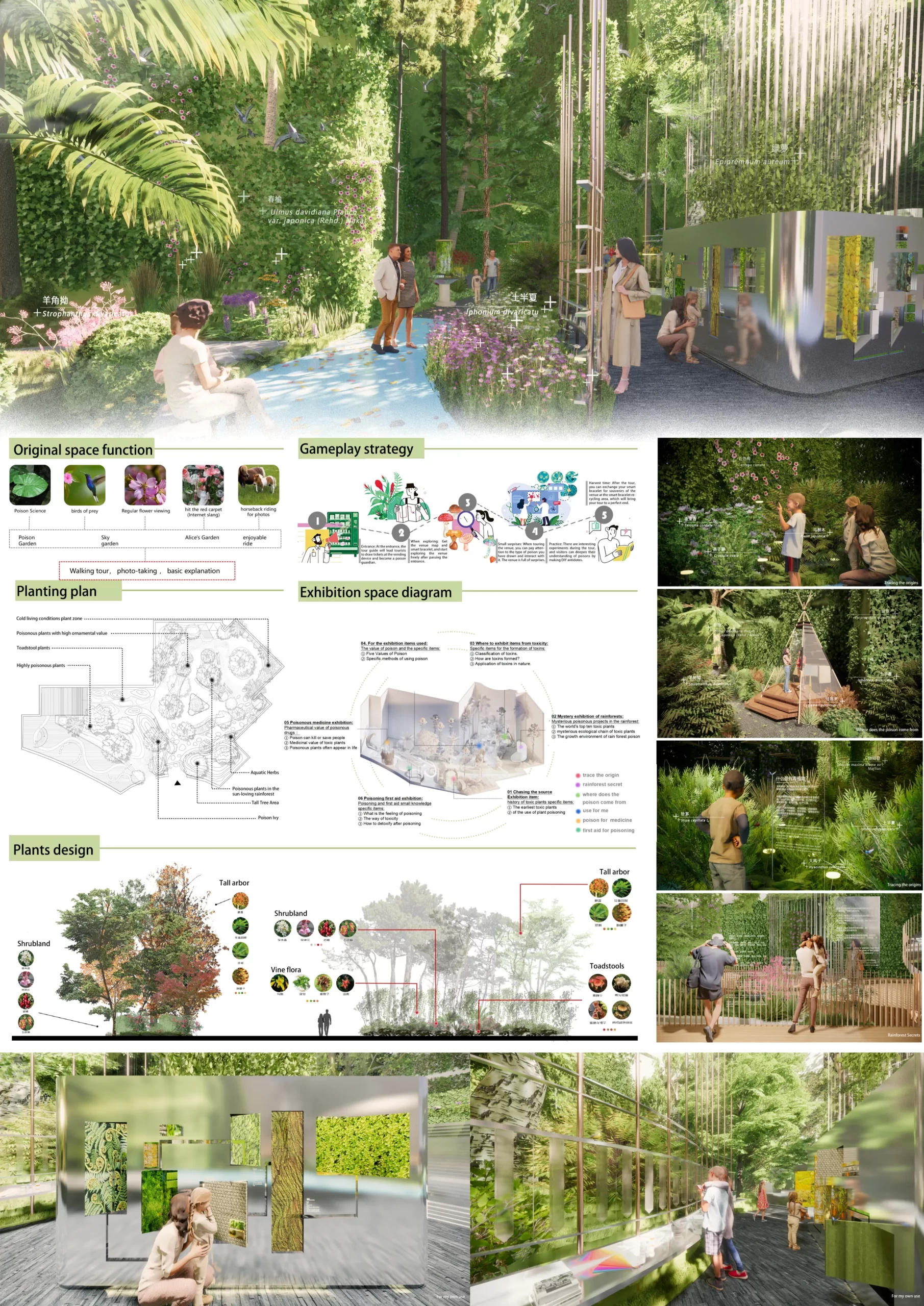
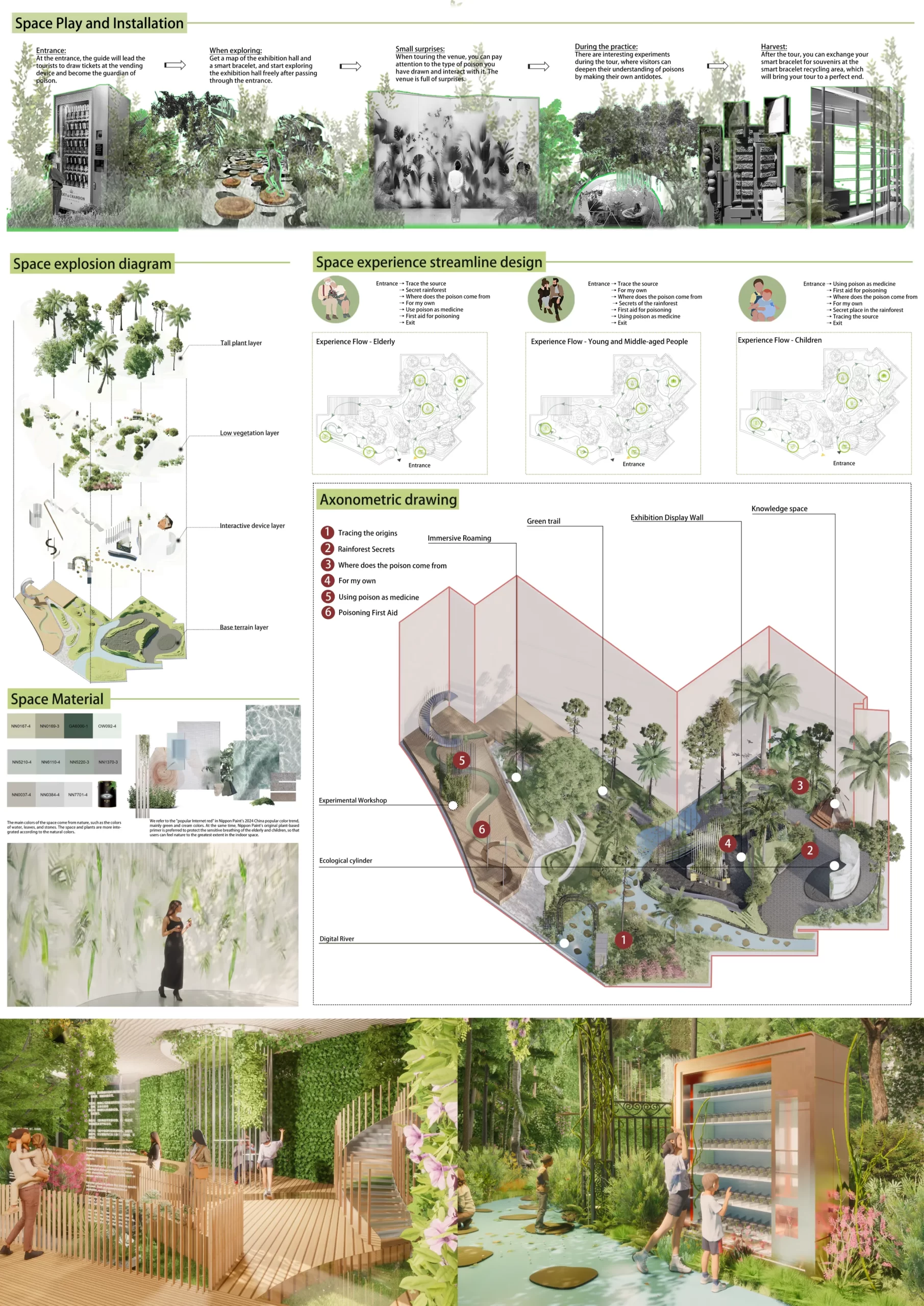
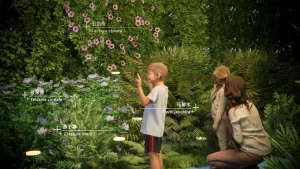
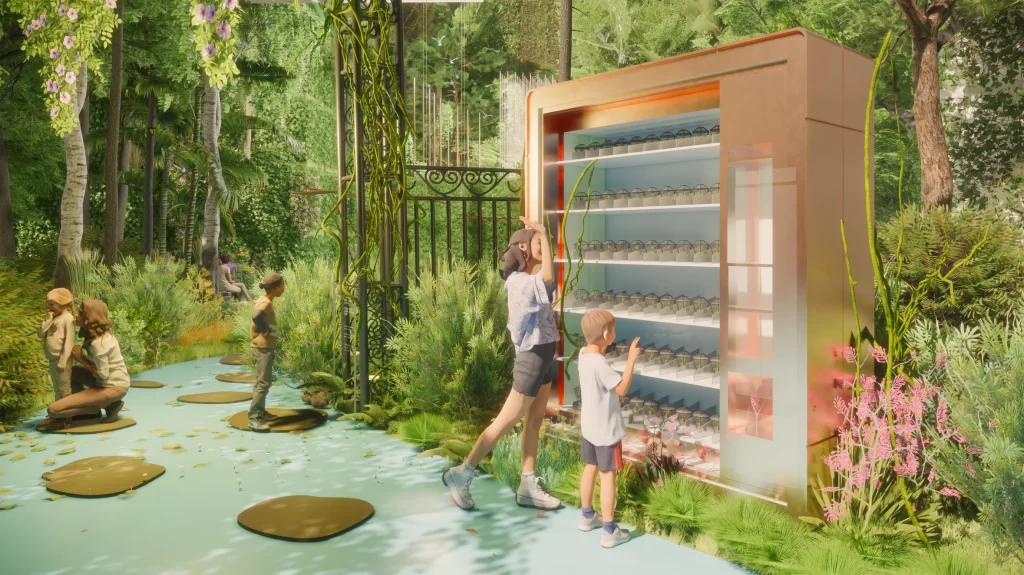
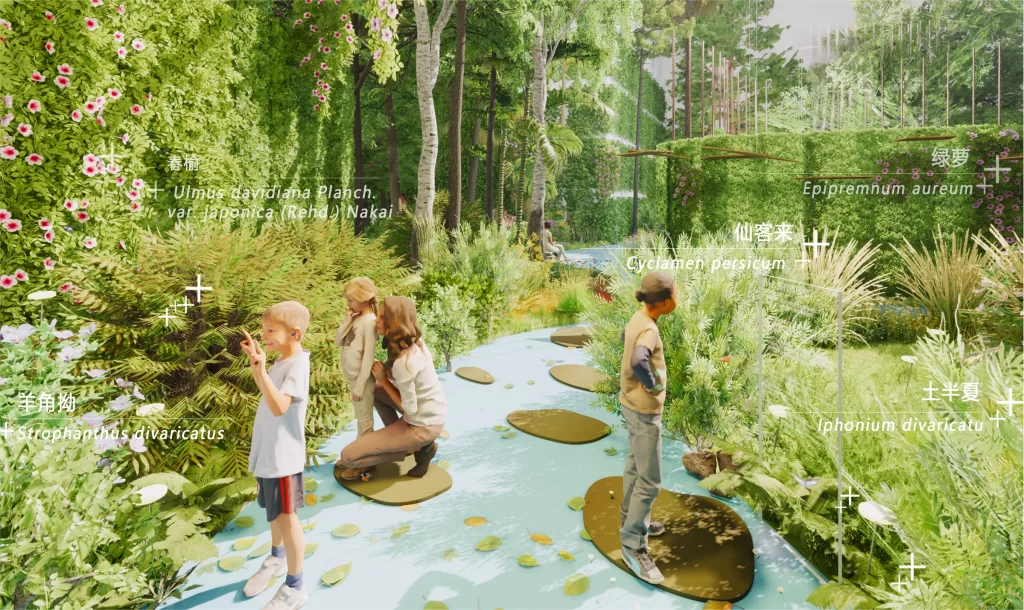

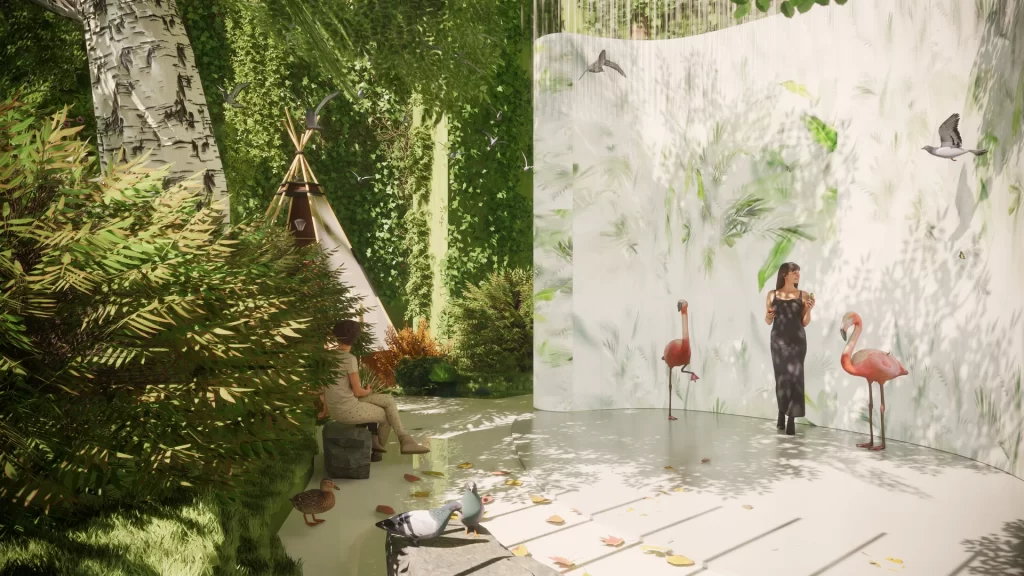
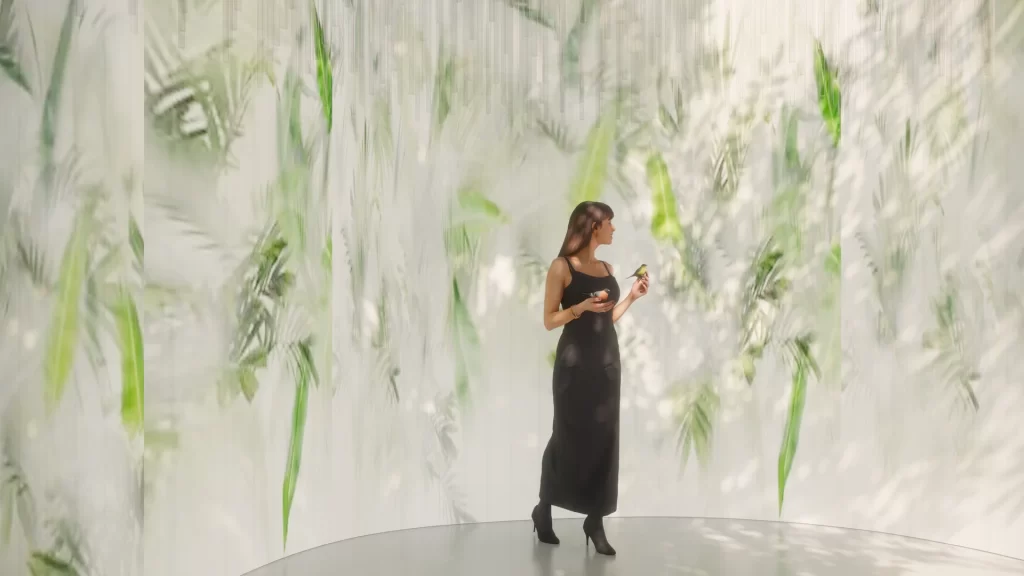
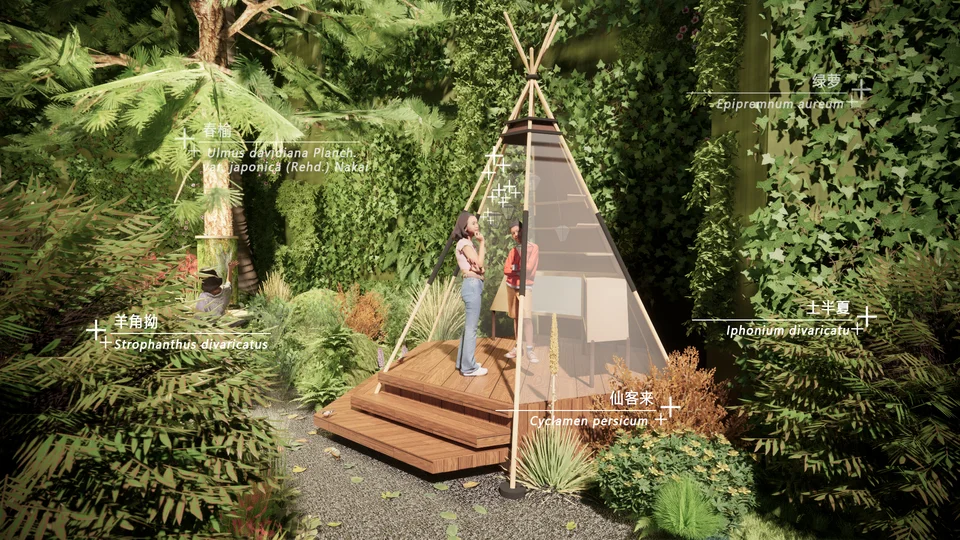
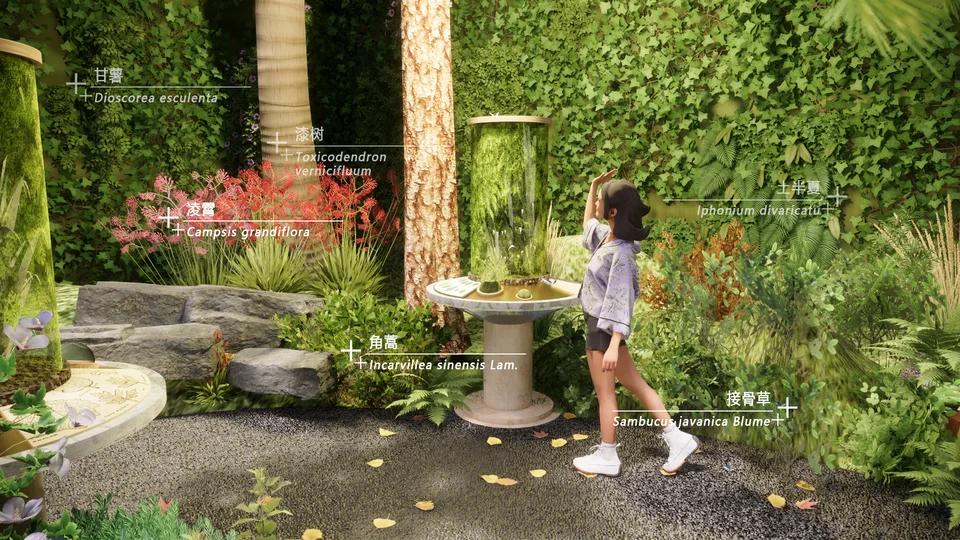
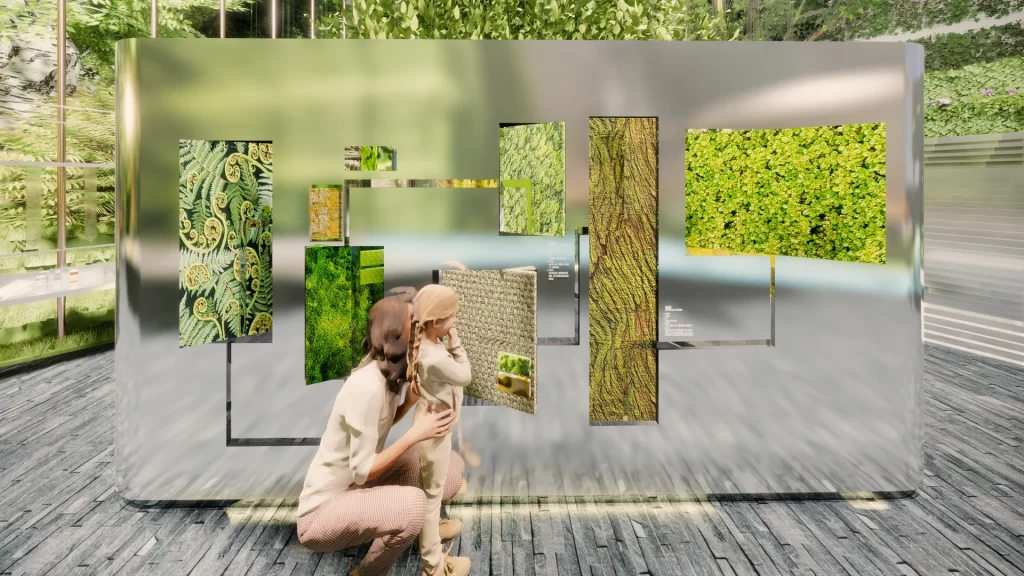
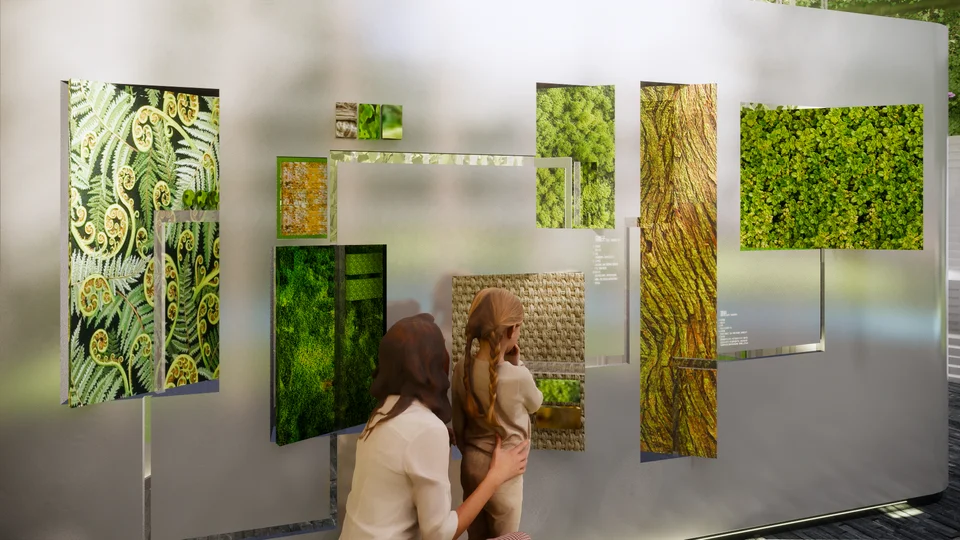
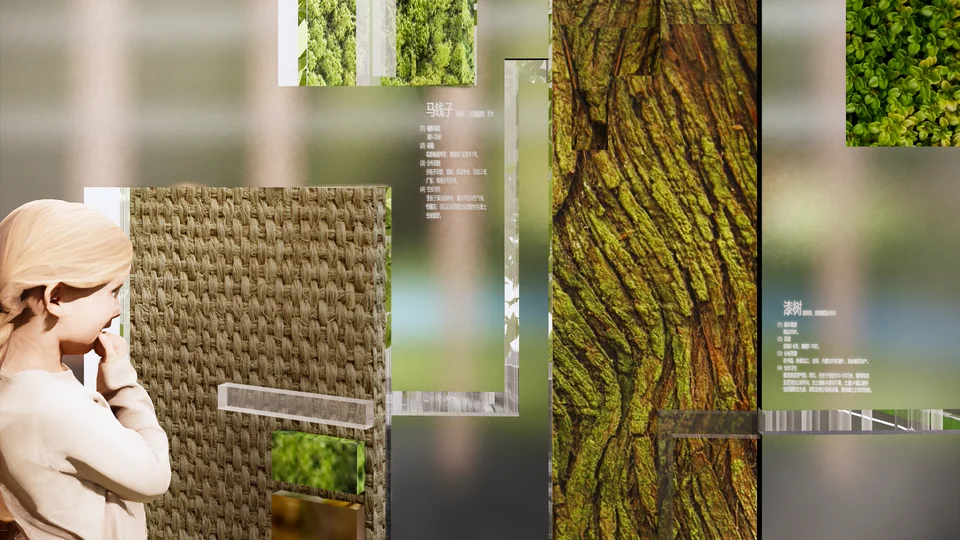


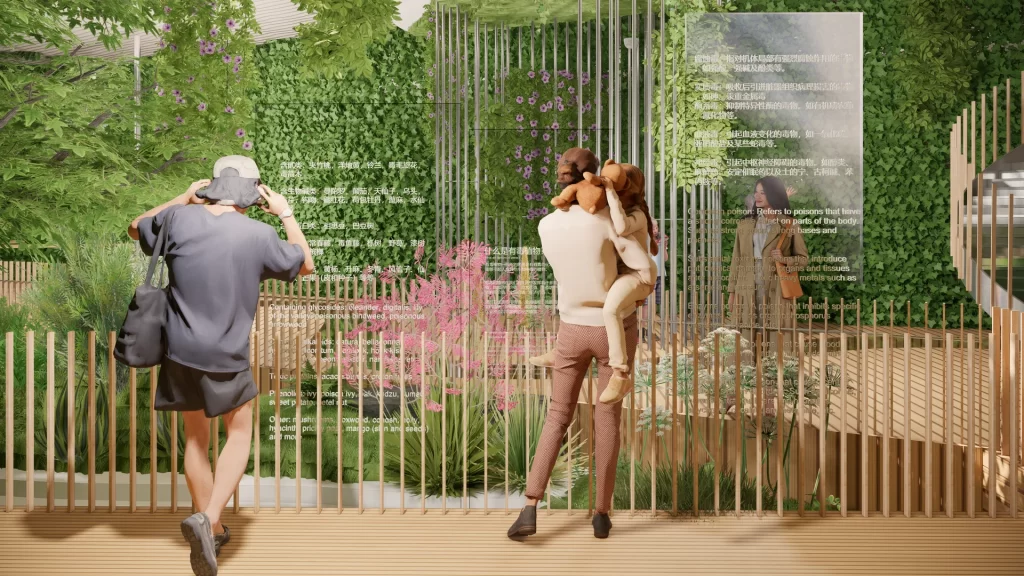

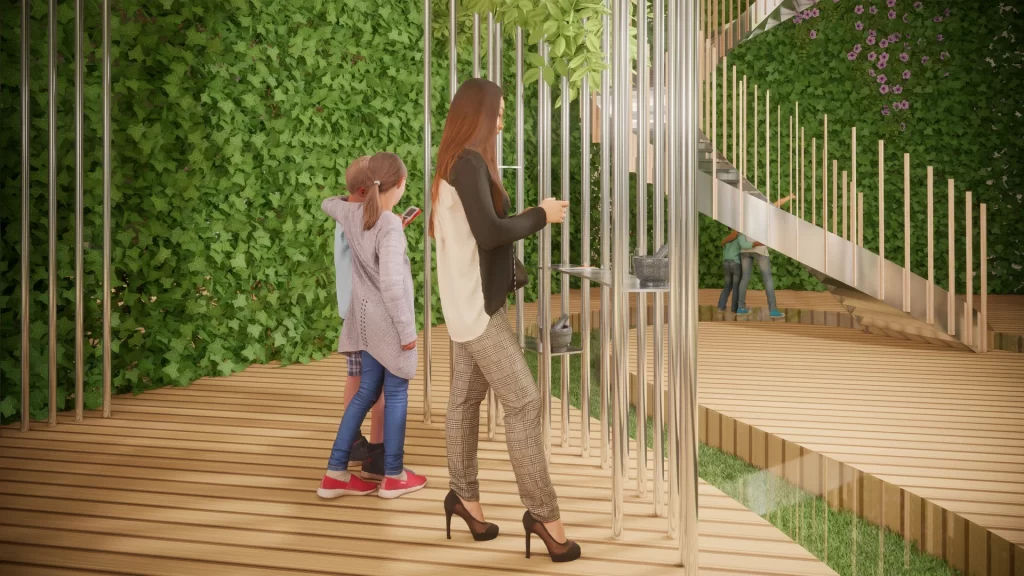
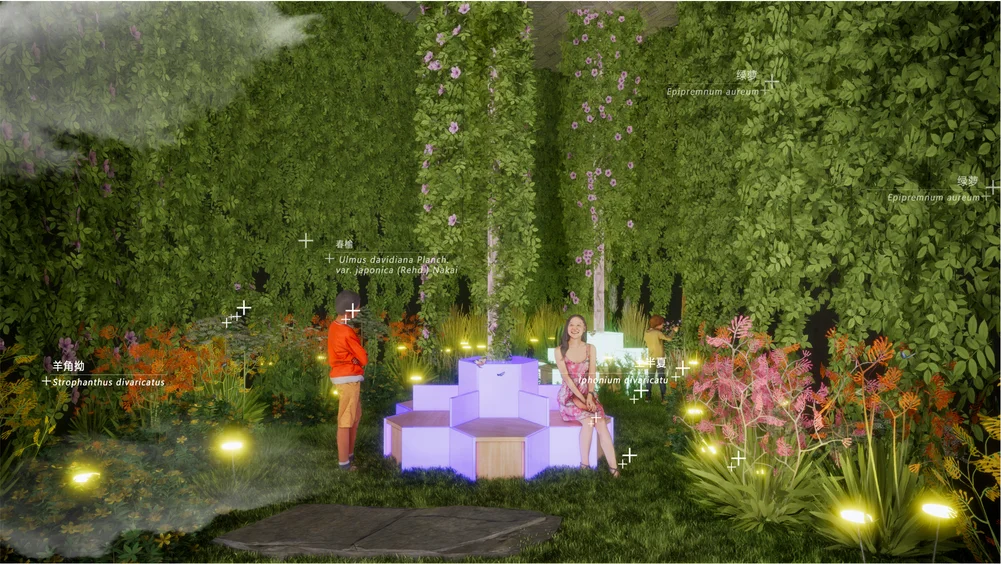
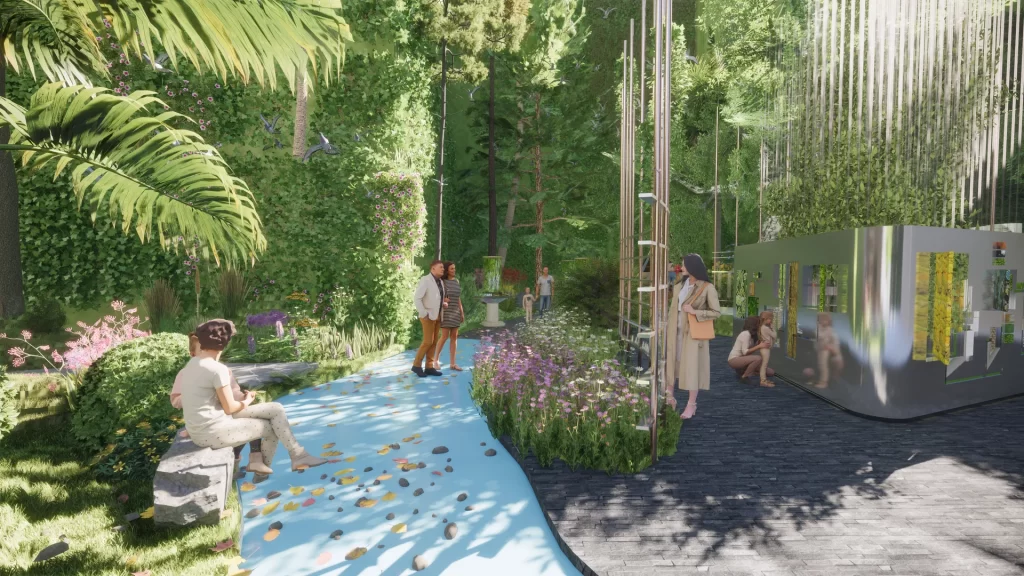
Showcase your design to an international audience
SUBMIT NOW
Image: Agrapolis Urban Permaculture Farm by David Johanes Palar
Top
1. Design Background: Located in Tianhe District, Guangzhou City, Guangdong Province, China, Zhengjia Plaza has accompanied generations of Guangzhou people as they grew up. The "Zhengjia Rainforest Ecological Botanical Garden" is the first national 4A-level indoor tourist attraction and the first indoor aerial rainforest ecological garden in China. The total area of the park is about 15,000 square meters. With a unique ecological design concept, the park presents a "natural ecosystem" with great biodiversity, allowing visitors to experience the infinite charm of the rainforest in person. At present, the park is divided into eight theme exhibition areas, with more than 300 species of animals and plants, as well as rare poisonous plants such as baobab, warty arum, and cyathula. As the Rainforest Ecological Botanical Pavilion was built a long time ago and is about to be renovated, we would like to take this opportunity to design the poison garden part of the pavilion to provide a new concept and practice space for the botanical pavilion. 2. Solution Guangzhou is a subtropical monsoon climate zone. The hot and humid environment makes a rich variety of plants grow here. However, with the process of modernization and urbanization, the original natural greenery has become missing. People are also facing problems such as high population density and surging social pressure under the increasingly rapid economic development. People living here are eager to return to the embrace of nature and to take a break from this city full of high-rise buildings. After research, I put the core of the design on the urban paradise that has accompanied generations of Guangzhou people growing up: the poisonous plant exhibition space in Zhengjia Ecological Rainforest Pavilion. We found that people often come here with great curiosity and look forward to experiencing these poisonous plants in the rainforest, but they return home disappointed because of the old facilities, lack of innovation and imagination in the space design, and lack of space vitality. The poisonous plant exhibition hall is in urgent need of transformation to adapt to modern development and people's needs. 3. Design Strategy: We will combine the exhibition with the study space to create an open, diverse and interactive poison garden. The space is divided into six parts: tracing the origin, the secrets of the rainforest, where the poison comes from, using it for my own benefit, using poison as medicine, and first aid for poisoning. At the same time, we have carried out a detailed sorting and planning of the exhibition content, providing different shuttle paths for different groups. 4. Design Concept: “For people who grew up in cities, the rainforest is like a green magic forest that only appears in fairy tales. In modern cities, experiencing the rainforest in person is a luxury. We hope that through design, people can feel the moist and misty rainforest in a small space, and see the entanglement and entanglement of life, the coexistence of decay and vitality, and the coexistence of dizziness and ecstasy.”





















